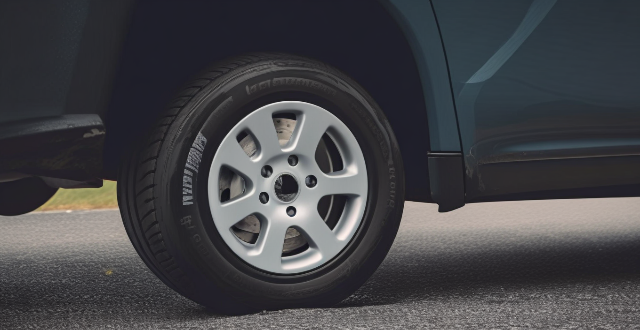Regular maintenance of your car's brake system is crucial for ensuring your safety on the road and extending the lifespan of your vehicle's braking components. This guide outlines five key steps to properly maintain your car's brake system: checking brake pads and shoes, inspecting brake lines and hoses, changing brake fluid, checking brake rotors and drums, and having regular maintenance checkups. By following these steps, you can help prevent accidents and ensure that your car's braking system remains in good working condition.

Proper Maintenance of Your Car's Brake System
Introduction
Maintaining your car's brake system is crucial for ensuring your safety on the road. Regular maintenance can help prevent accidents and extend the lifespan of your vehicle's braking components. In this guide, we will discuss the steps you should take to properly maintain your car's brake system.
Step 1: Check Brake Pads and Shoes
Importance of Brake Pads and Shoes
Brake pads and shoes are essential components of your car's braking system. They press against the rotors or drums to slow down or stop your vehicle. Over time, these components wear down and need to be replaced.
When to Replace Brake Pads and Shoes
It is recommended to replace brake pads and shoes every 25,000 to 50,000 miles, depending on your driving habits and the type of vehicle you own. Signs that it's time for replacement include:
- Squeaking or squealing noises when applying the brakes
- A spongy or soft feeling when pressing the brake pedal
- Difficulty stopping or increased stopping distance
Step 2: Inspect Brake Lines and Hoses
Importance of Brake Lines and Hoses
Brake lines and hoses carry brake fluid from the master cylinder to the brake calipers or wheel cylinders. Any leaks or damage to these components can cause a loss of braking power, leading to potential accidents.
When to Inspect Brake Lines and Hoses
Inspect your brake lines and hoses at least once a year or more frequently if you notice any signs of leakage or damage. Look for cracks, rust, or bulges in the lines and hoses. If you find any issues, have them repaired or replaced immediately by a qualified mechanic.
Step 3: Change Brake Fluid
Importance of Brake Fluid
Brake fluid is responsible for transferring force from the brake pedal to the brake pads and shoes. Over time, brake fluid can become contaminated with moisture and other impurities, reducing its effectiveness.
When to Change Brake Fluid
It is recommended to change your car's brake fluid every two years or 30,000 miles, whichever comes first. However, if you notice any signs of contamination such as a dark color or a burnt smell, it's best to have it changed sooner rather than later.
Step 4: Check Brake Rotors and Drums
Importance of Brake Rotors and Drums
Brake rotors and drums are what your car's brake pads and shoes press against to slow down or stop your vehicle. Over time, they can become warped or damaged due to excessive heat and wear.
When to Check Brake Rotors and Drums
Inspect your brake rotors and drums at least once a year or more frequently if you notice any signs of damage such as grooves or cracks. If you find any issues, have them resurfaced or replaced by a qualified mechanic.
Step 5: Have Regular Maintenance Checkups
Importance of Regular Maintenance Checkups
Regular maintenance checkups by a qualified mechanic can help identify potential issues with your car's braking system before they become major problems. This can save you money in the long run and ensure your safety on the road.
When to Have Regular Maintenance Checkups
It is recommended to have regular maintenance checkups every six months or 6,000 miles, whichever comes first. During these checkups, the mechanic will inspect all aspects of your car's braking system and make any necessary repairs or replacements.